
Compound tubuloacinar gland
The morphology of serous and mucous secretory units is demonstrated in this image. Each serous unit is acinar with a narrow lumen and contains cells with secretory granules and spherical nuclei. Each mucous unit is tubular with a wide lumen. The secretory cells appear vacuolated, with nuclei flattened at the base of the cell. Submandibular gland 1000x
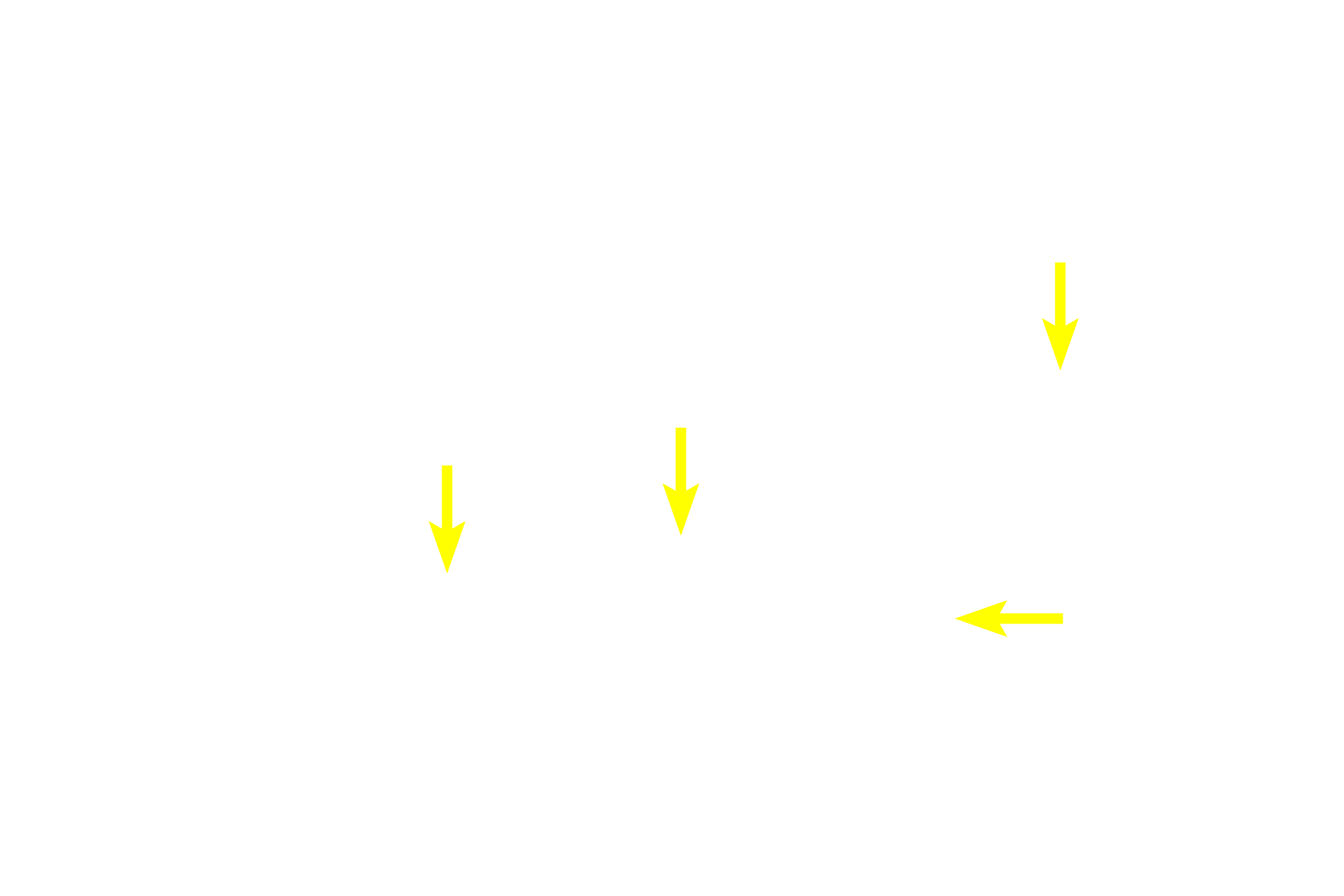
Mucus-secreting tubules
The morphology of serous and mucous secretory units is demonstrated in this image. Each serous unit is acinar with a narrow lumen and contains cells with secretory granules and spherical nuclei. Each mucous unit is tubular with a wide lumen. The secretory cells appear vacuolated, with nuclei flattened at the base of the cell. Submandibular gland 1000x
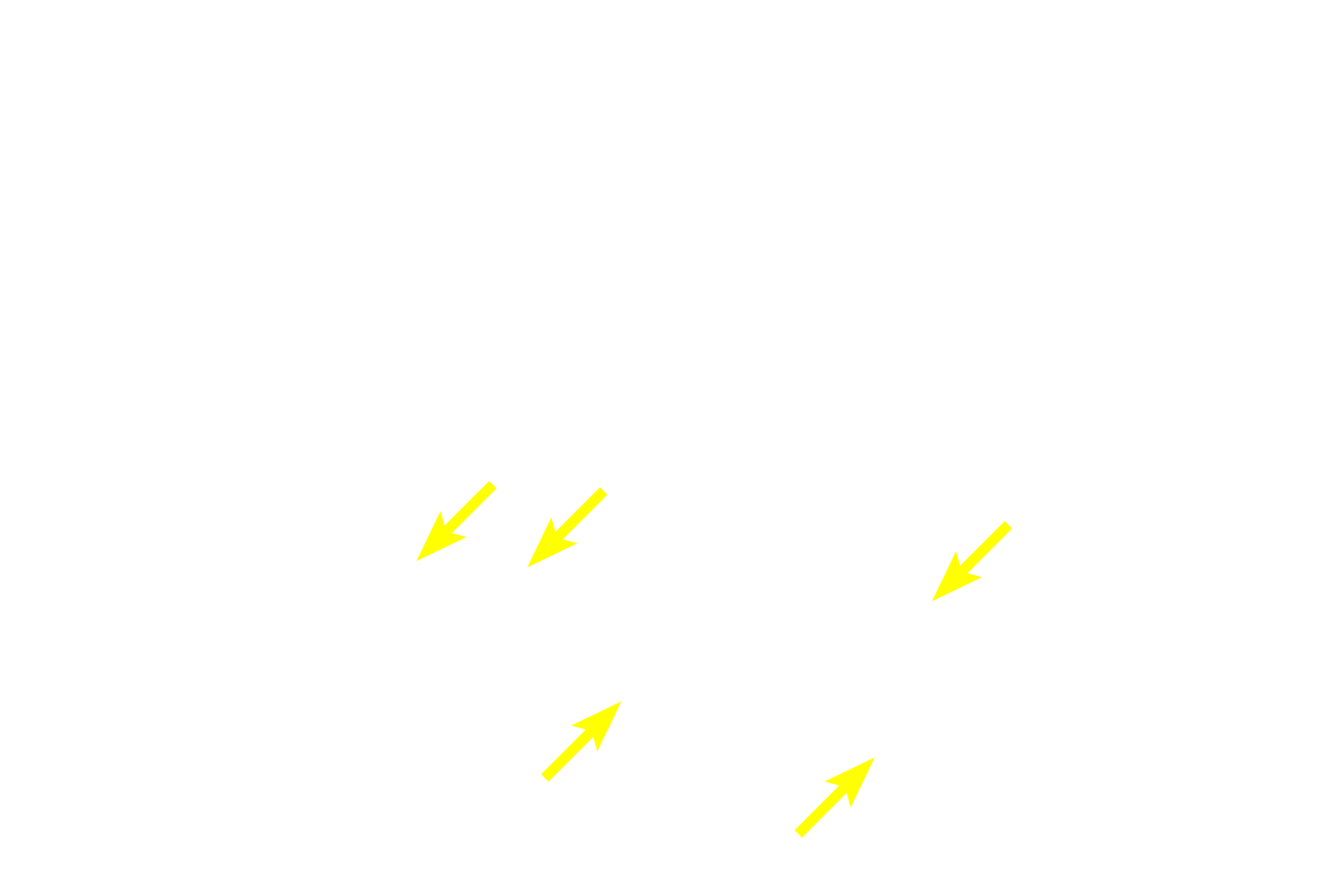
- Nuclei of mucous cells
The morphology of serous and mucous secretory units is demonstrated in this image. Each serous unit is acinar with a narrow lumen and contains cells with secretory granules and spherical nuclei. Each mucous unit is tubular with a wide lumen. The secretory cells appear vacuolated, with nuclei flattened at the base of the cell. Submandibular gland 1000x
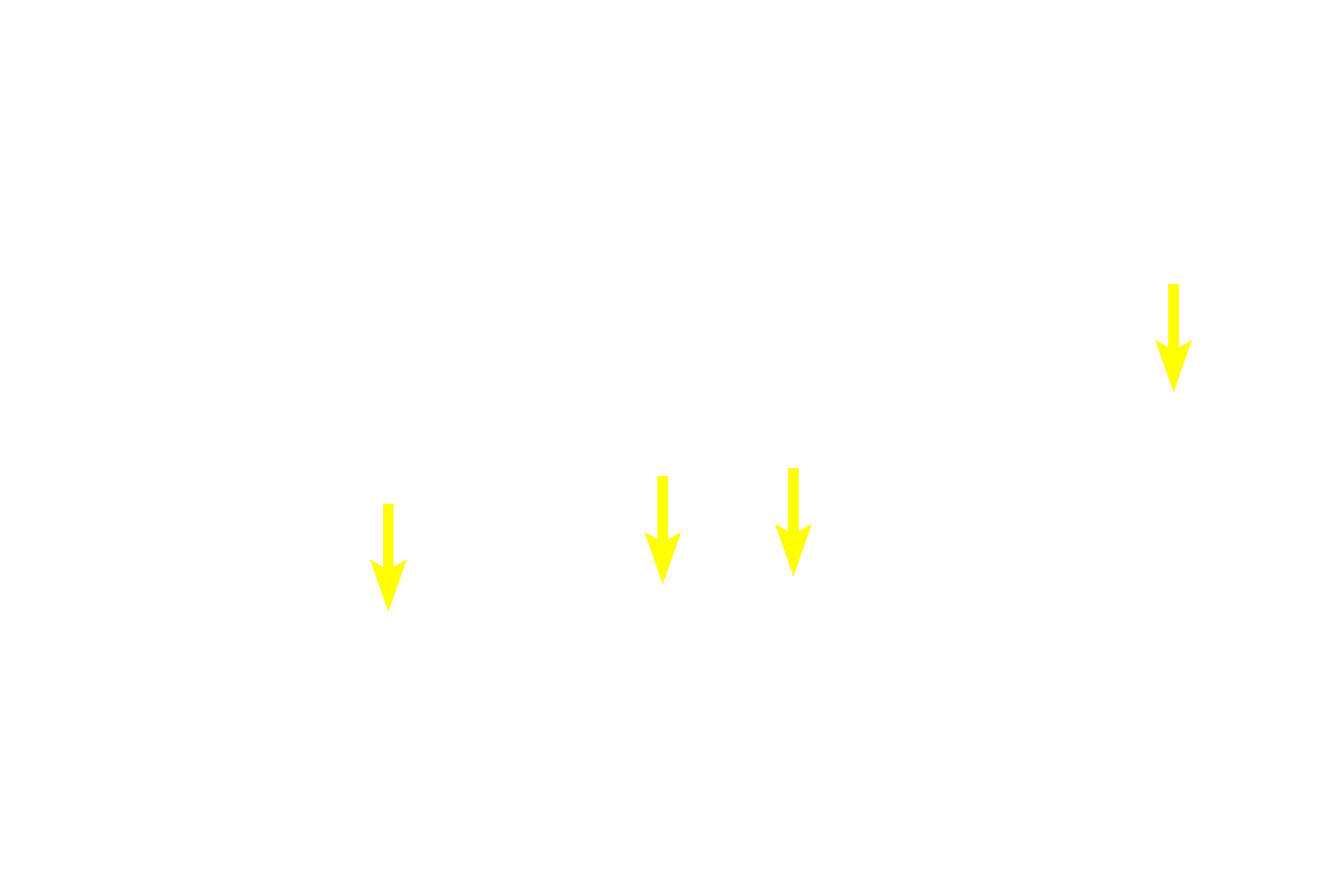
- Mucin granules
The morphology of serous and mucous secretory units is demonstrated in this image. Each serous unit is acinar with a narrow lumen and contains cells with secretory granules and spherical nuclei. Each mucous unit is tubular with a wide lumen. The secretory cells appear vacuolated, with nuclei flattened at the base of the cell. Submandibular gland 1000x

- Tubule lumens
The morphology of serous and mucous secretory units is demonstrated in this image. Each serous unit is acinar with a narrow lumen and contains cells with secretory granules and spherical nuclei. Each mucous unit is tubular with a wide lumen. The secretory cells appear vacuolated, with nuclei flattened at the base of the cell. Submandibular gland 1000x

Serous-secreting acini
The morphology of serous and mucous secretory units is demonstrated in this image. Each serous unit is acinar with a narrow lumen and contains cells with secretory granules and spherical nuclei. Each mucous unit is tubular with a wide lumen. The secretory cells appear vacuolated, with nuclei flattened at the base of the cell. Submandibular gland 1000x
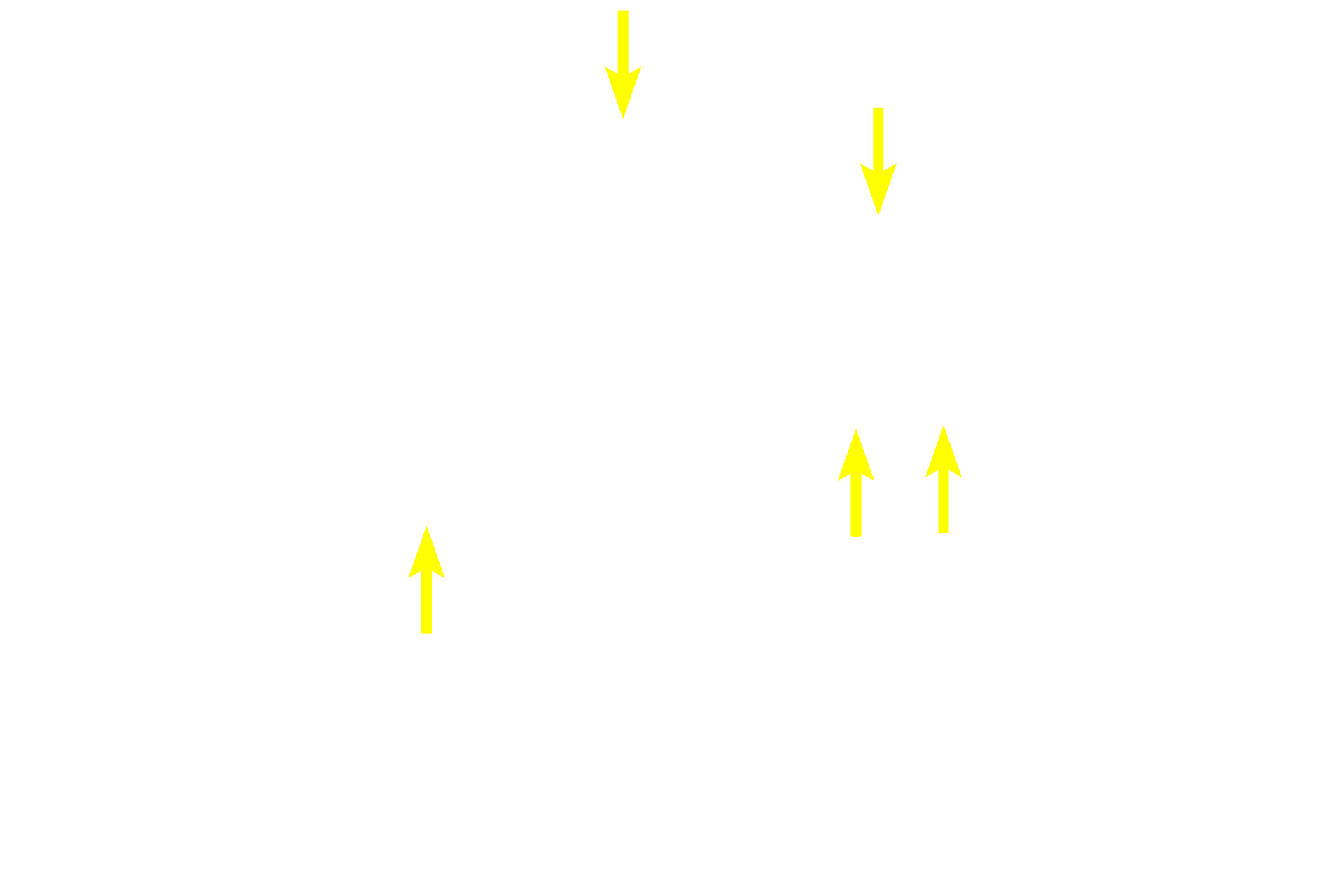
- Nuclei of serous cells
The morphology of serous and mucous secretory units is demonstrated in this image. Each serous unit is acinar with a narrow lumen and contains cells with secretory granules and spherical nuclei. Each mucous unit is tubular with a wide lumen. The secretory cells appear vacuolated, with nuclei flattened at the base of the cell. Submandibular gland 1000x
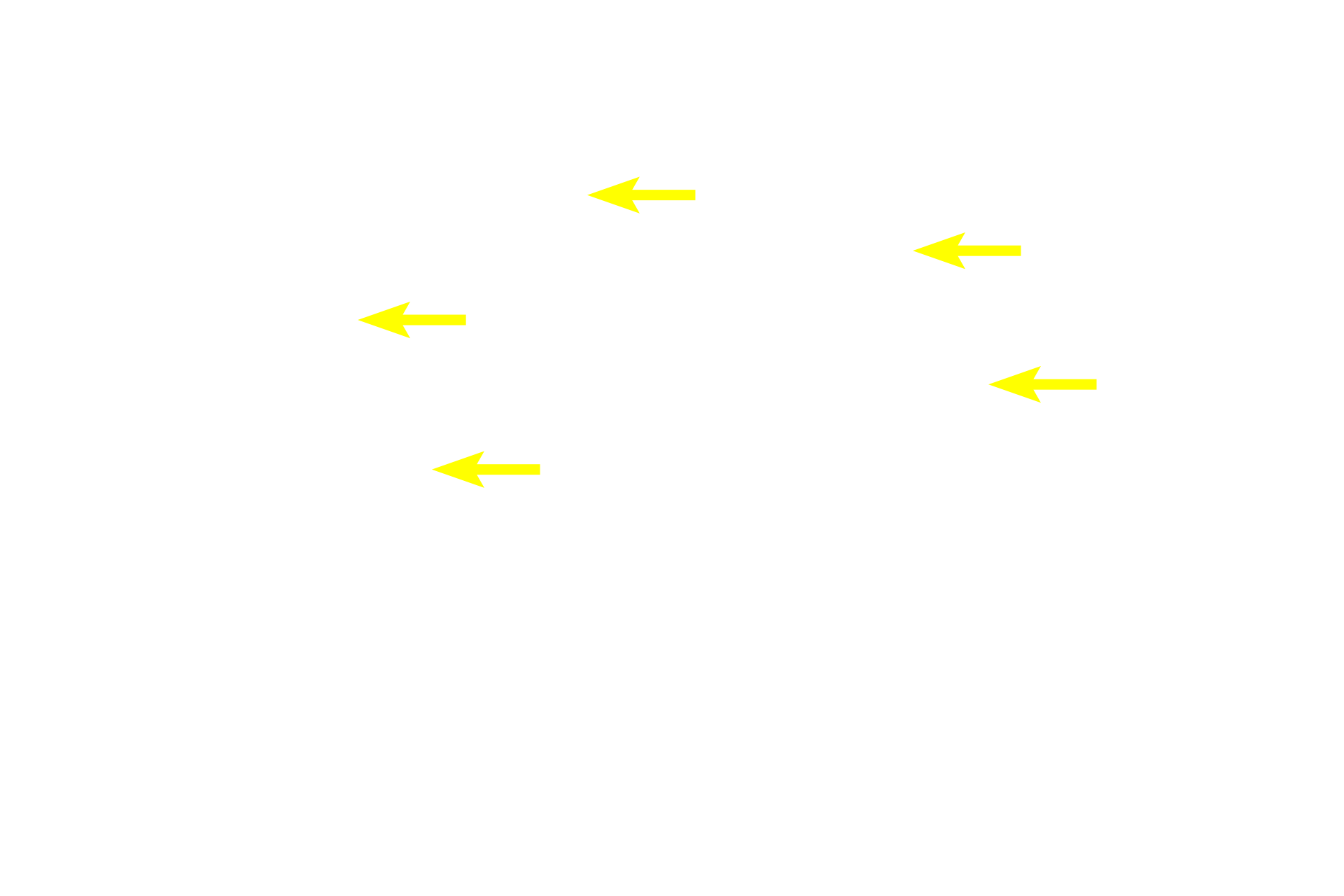
- Secretory granules
The morphology of serous and mucous secretory units is demonstrated in this image. Each serous unit is acinar with a narrow lumen and contains cells with secretory granules and spherical nuclei. Each mucous unit is tubular with a wide lumen. The secretory cells appear vacuolated, with nuclei flattened at the base of the cell. Submandibular gland 1000x

- Acinar lumens
The morphology of serous and mucous secretory units is demonstrated in this image. Each serous unit is acinar with a narrow lumen and contains cells with secretory granules and spherical nuclei. Each mucous unit is tubular with a wide lumen. The secretory cells appear vacuolated, with nuclei flattened at the base of the cell. Submandibular gland 1000x

Serous demilunes >
Serous demilunes are crescent-shaped units of serous-producing cells capping the ends of tubules. Secretions from the demilune drain into the tubule lumen.

Intralobular ducts >
The portion of the intralobular duct indicated by the rectangle shows the very initial region of the duct at the termination of the tubule.
 PREVIOUS
PREVIOUS